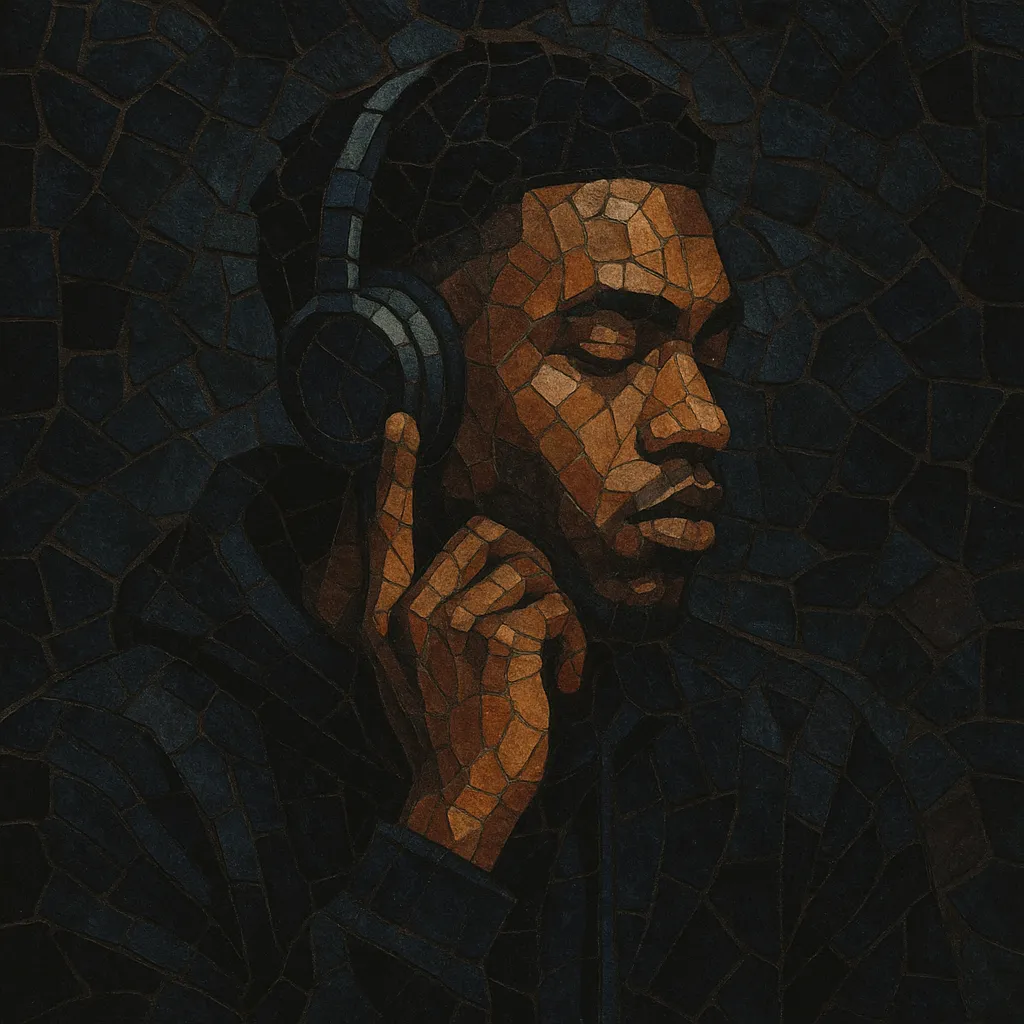Trap soul is a fusion of contemporary R&B singing and songwriting with the sonic palette and rhythmic feel of trap.
It features moody, minor‑key harmonies; airy pads and Rhodes/piano textures; deep 808 sub‑bass with glides; and skittering hi‑hat rolls and halftime drum patterns. Vocals often blend crooning and rapping, with intimate, confessional lyrics about love, heartbreak, desire, ambition, and late‑night introspection.
The production is typically spacious and minimal, prioritizing atmosphere and groove over density. Subtle Auto‑Tune, layered ad‑libs, and lush reverbs/delays are common, giving tracks a nocturnal, cinematic feel.
Trap soul crystallized in the early 2010s as artists and producers began merging the emotive melodies and harmonies of contemporary R&B with the drums and bass language of Southern trap. Precedents included the atmospheric, downtempo R&B of The Weeknd and the rap–R&B hybrid of Drake’s OVO camp, while Auto‑Tune crooners and melodic trappers (e.g., T‑Pain and Future) normalized sung delivery over trap beats.
The term "trap soul" was popularized by Bryson Tiller’s 2015 breakthrough album T R A P S O U L, which distilled the style’s essentials: sparse, reverb‑soaked chords; gliding 808s; crisp hi‑hats; and intimate, rap‑sung vocals. Around the same time, PARTYNEXTDOOR and Tory Lanez were issuing similarly moody, minimalist R&B over trap‑leaning production, solidifying the tag in press and playlists.
By 2016–2018, 6LACK, dvsn, and Ty Dolla $ign helped define the sound’s core aesthetics, while Kehlani, H.E.R., and Summer Walker brought a softer, neo‑soul‑inflected approach. The style became a streaming staple and a go‑to template for late‑night, introspective R&B. Producers emphasized halftime grooves, hi‑hat micro‑rolls, and warm, analog‑styled processing to keep arrangements spacious and vocal‑centric.
In the 2020s, trap soul’s DNA spread globally, informing UK R&B and inspiring Latin and Afro‑diasporic R&B hybrids. Bedroom producers adopted the format for its minimal track counts and vibe‑forward mixing, while pop and melodic rap acts borrowed its chordal language, atmospheric sound design, and rap‑sung toplines.
Trap soul’s legacy is a modern R&B toolkit: intimate storytelling, minor‑key seventh/ninth chords, 808 glide bass, and restrained drums that leave space for the vocal. It has shaped the sound of contemporary R&B and influenced melodic rap and regional R&B scenes worldwide.


